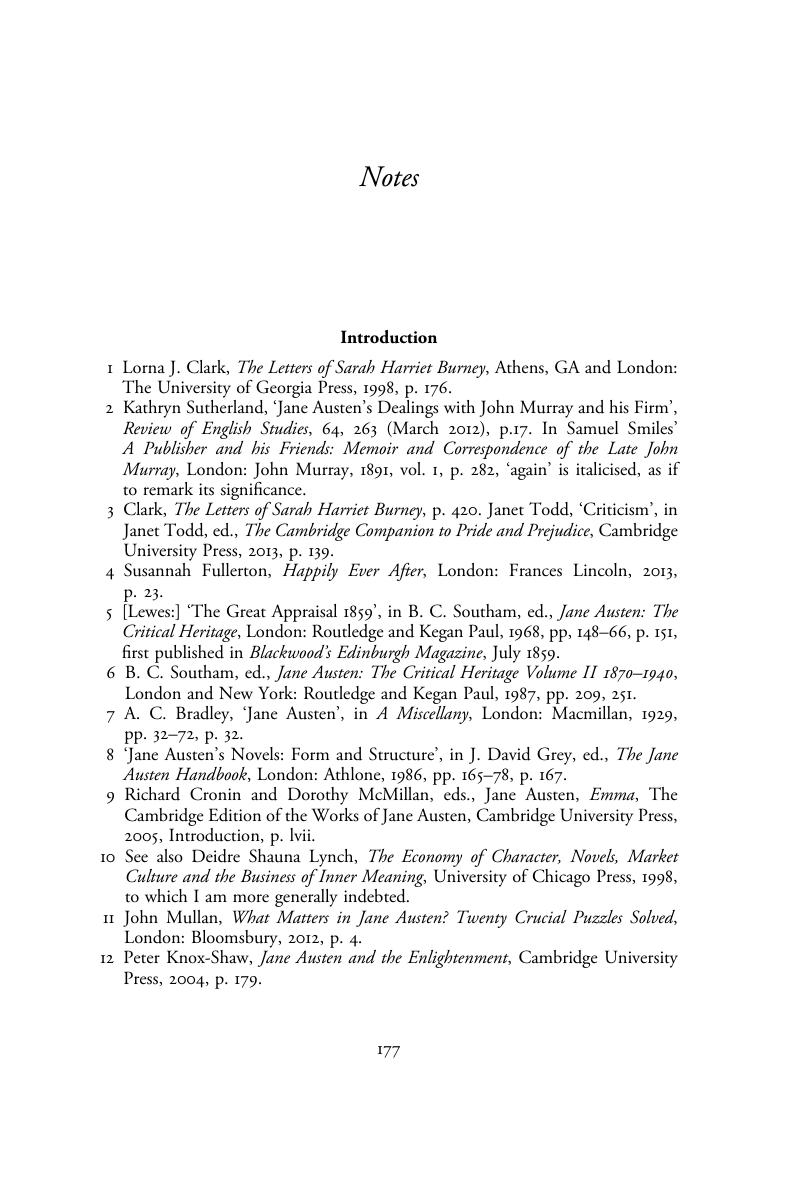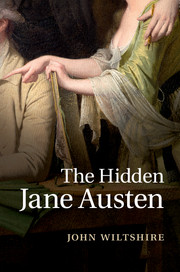Book contents
- Frontmatter
- Dedication
- Contents
- Preface
- Acknowledgements
- Introduction
- 1 Into the open with Catherine Morland
- 2 Elinor Dashwood and concealment
- 3 Elizabeth's memory and Mr Darcy's smile
- 4 The religion of Aunt Norris
- 5 The story of Fanny Price
- 6 Emma's overhearing
- 7 Anne Elliot and the ambient world
- Bibliography
- Notes
- Index
- References
Notes
Published online by Cambridge University Press: 05 June 2014
- Frontmatter
- Dedication
- Contents
- Preface
- Acknowledgements
- Introduction
- 1 Into the open with Catherine Morland
- 2 Elinor Dashwood and concealment
- 3 Elizabeth's memory and Mr Darcy's smile
- 4 The religion of Aunt Norris
- 5 The story of Fanny Price
- 6 Emma's overhearing
- 7 Anne Elliot and the ambient world
- Bibliography
- Notes
- Index
- References
Summary

- Type
- Chapter
- Information
- The Hidden Jane Austen , pp. 177 - 192Publisher: Cambridge University PressPrint publication year: 2014



